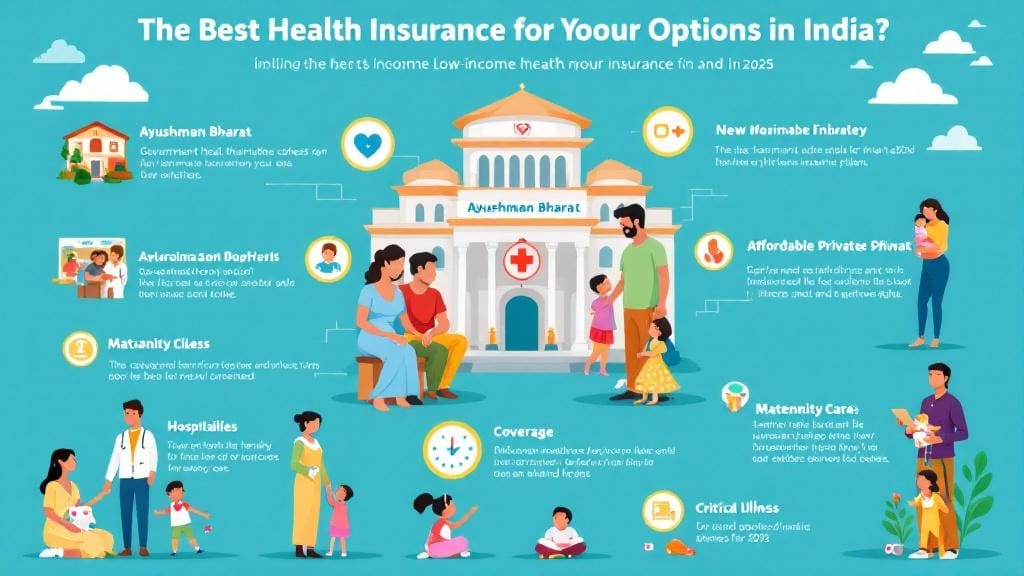Explore the intersection of mobile banking and sustainability. Learn about eco-friendly banking apps, green finance solutions, and how digital banking can help reduce the carbon footprint.
Introduction: The Rise of Sustainable Mobile Banking
In today’s fast-paced digital world, mobile banking is not just about convenience; it’s also becoming an essential tool for sustainability. As more people turn to mobile devices for financial services, the environmental impact of banking is under growing scrutiny. But the good news is that mobile banking and sustainability are increasingly going hand in hand. Financial institutions, fintech startups, and consumers are all starting to prioritize greener, more eco-conscious banking solutions.
In this article, we’ll explore how mobile banking can contribute to sustainability, the environmental impact of digital banking, and how mobile apps are paving the way for a greener future.
The Growing Importance of Sustainable Banking
Sustainability has become a critical issue in every industry, and banking is no exception. Financial institutions are increasingly being called upon to reduce their environmental impact and promote sustainable practices. In fact, there is a noticeable trend of eco-conscious consumers opting for financial services that align with their values.
Sustainable banking goes beyond just offering products like green loans or ethical investment opportunities. It also involves reducing operational costs, decreasing carbon footprints, and adopting eco-friendly technologies. As more consumers demand ethical, environmentally responsible options, banks are responding with innovative solutions.
Mobile Banking and Sustainability: A Perfect Match
Mobile banking, by its very nature, offers several sustainable benefits. Let’s explore why mobile banking and sustainability are a perfect match:
1. Reduced Paper Usage
Traditional banking requires physical branches, paper statements, and documentation. With mobile banking, all your banking needs can be met digitally. The reduction in paper usage not only saves trees but also reduces the energy required for printing, shipping, and storing paper-based documents.
By switching to digital banking, consumers help reduce waste and lower the demand for paper products, contributing to more sustainable resource use.
2. Energy-Efficient Operations
The digital transformation of banking means fewer physical branches, resulting in lower energy consumption for lighting, heating, and cooling. Many banks are also moving to energy-efficient data centers, further decreasing the overall carbon footprint of banking operations.
With the increasing use of mobile apps and digital wallets, banks are shifting their focus to cloud-based platforms, which tend to be more energy-efficient than traditional on-site data storage solutions.
3. Paperless Transactions
Mobile banking makes it possible to conduct transactions without ever touching a piece of paper. Whether you’re paying bills, transferring money, or managing investments, everything can be done digitally. This shift is a key component of the growing trend toward sustainable banking solutions. Each mobile transaction reduces the need for physical paperwork and in-person visits, contributing to fewer carbon emissions.
Sustainable Banking Solutions: How Mobile Banking Is Leading the Charge
Several mobile banking apps are already implementing features that help promote sustainability. Let’s take a closer look at some of the green mobile banking services:
1. Eco-Friendly Banking Apps
In response to growing demand, many banks have launched eco-friendly banking apps that track and encourage sustainable financial practices. For example, apps that track your carbon footprint based on spending habits, suggest sustainable investment options, or help you invest in green bonds are becoming more common.
These apps enable users to monitor and manage their financial footprint while promoting sustainable investment strategies. They help individuals make more informed choices that align with their values.
2. Green Mobile Banking Services
Green mobile banking services often go beyond the app itself and include features like the ability to round up your purchases to the nearest dollar and donate the difference to environmental causes. Another example includes apps that offer rewards for using eco-friendly products or services.
Some banks are also offering paperless transactions and e-statements, making it easier for customers to engage in digital banking without worrying about unnecessary paperwork.
3. Sustainable Finance Mobile Apps
The rise of sustainable finance apps has revolutionized the way consumers manage their finances. These apps are designed to help users invest in businesses and projects that have a positive environmental or social impact. For example, users can invest in renewable energy funds, clean-tech startups, or even sustainable agriculture.
Many sustainable finance apps also include features like carbon tracking and tools to help individuals reduce their environmental impact through smarter financial choices.
The Environmental Impact of Mobile Banking: Is It Truly Green?
While mobile banking has several sustainability benefits, it’s important to consider its environmental impact as well. Digital services often rely on large-scale data centers, which require significant energy to operate. Additionally, as more people use mobile devices for banking, the demand for electricity to power smartphones, tablets, and other devices grows.
However, it’s crucial to recognize that mobile banking still has a lower carbon footprint compared to traditional banking. This is largely due to the reduction in physical branches and the widespread shift to paperless transactions. Moreover, many banks are investing in renewable energy sources to power their operations, making digital banking even more sustainable.
How Can Mobile Banking Reduce Its Carbon Footprint?
To make mobile banking even greener, financial institutions are exploring the use of renewable energy for data centers and mobile apps. By sourcing energy from solar, wind, or other renewable sources, banks can further reduce their environmental impact. Additionally, mobile banking companies can offset their carbon emissions by investing in carbon credits or supporting environmental initiatives.
The Role of Digital Wallets in Promoting Sustainability
Digital wallets, which allow users to store payment information securely on their mobile devices, are also contributing to a more sustainable financial ecosystem. By reducing the need for physical cards, digital wallets help decrease plastic waste, making them a greener alternative to traditional payment methods.
Moreover, many digital wallets are integrated with sustainability-focused apps, allowing users to contribute to environmental causes or track their carbon footprint directly from the wallet interface.
Sustainable Banking Trends: What’s Next for Mobile Banking and Sustainability?
As mobile banking continues to evolve, so will the trends toward greater sustainability. Here are a few key sustainable banking trends to watch for:
1. Increased Use of Blockchain for Green Finance
Blockchain technology is gaining traction in the banking sector due to its potential to improve transparency and reduce inefficiencies. By incorporating blockchain into mobile banking services, banks can offer more sustainable finance options, such as enabling customers to invest in carbon credits or track the environmental impact of their investments.
2. More Eco-Conscious Consumers Driving Change
The growing demand for sustainable banking solutions is shaping the future of mobile banking. As more consumers become eco-conscious, financial institutions will continue to innovate and provide sustainable banking options that align with these values.
3. AI-Powered Sustainability Features
Artificial intelligence (AI) is also playing a role in enhancing sustainability in mobile banking. AI can analyze users’ spending patterns and offer suggestions for reducing energy consumption or promoting eco-friendly habits. For example, AI could recommend green investments or suggest sustainable purchasing alternatives.
FAQs: Mobile Banking and Sustainability
1. How does mobile banking contribute to sustainability?
Mobile banking contributes to sustainability by reducing paper usage, promoting digital transactions, and cutting down on the need for physical bank branches. It also helps lower the overall carbon footprint of banking operations.
2. What are eco-friendly banking apps?
Eco-friendly banking apps are mobile applications designed to help users manage their finances in a sustainable way. These apps might include features like tracking carbon footprints, offering green investment options, or donating to environmental causes.
3. Are digital banking services really greener than traditional banking?
Yes, digital banking services are generally more environmentally friendly than traditional banking. They reduce the need for paper-based transactions and physical branches, lowering the carbon footprint of the entire banking operation.
4. How can I reduce my carbon footprint with mobile banking?
You can reduce your carbon footprint with mobile banking by choosing apps that promote sustainable financial practices, such as investing in green bonds or supporting eco-friendly businesses. You can also use paperless banking options to cut down on waste.
5. What are green mobile banking services?
Green mobile banking services refer to digital banking features that promote sustainability, such as paperless transactions, carbon tracking, and sustainable investment options.








Comments (0)